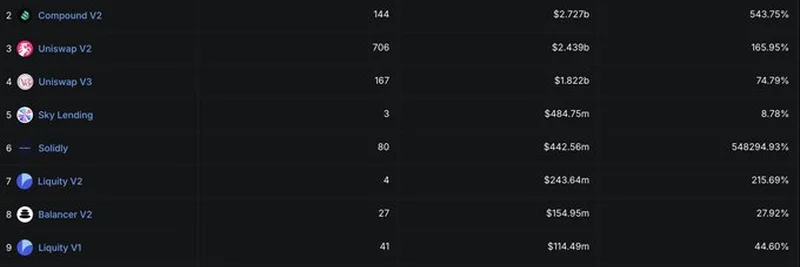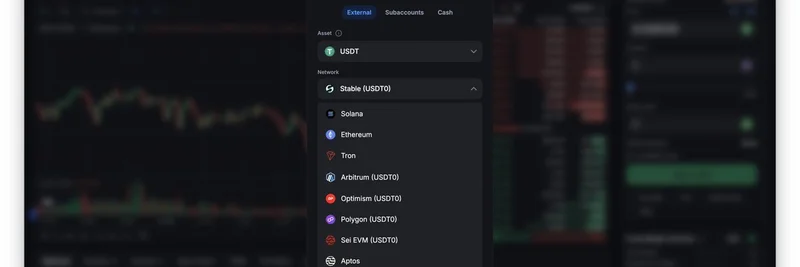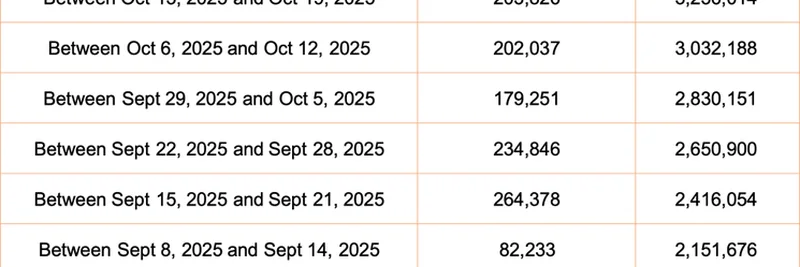Hey there, crypto enthusiasts! If you’ve been keeping an eye on the decentralized finance (DeFi) space, you’ve probably noticed some exciting developments. A recent tweet from DefiLlama on July 9, 2025, dropped a bombshell: over $10 billion in Total Value Locked (TVL) is now sitting in forked protocols. Let’s break this down and see what it means for the future of DeFi!
What Are Forked Protocols?
First things first—what’s a forked protocol? Imagine a recipe for your favorite cake. Someone takes that recipe, tweaks it a bit, and creates a new version. In the blockchain world, a fork happens when developers take an existing protocol’s code (like AAVE or Uniswap) and modify it to create a new version. These forks can either be temporary or permanent, depending on whether the changes stick around. It’s a common practice in DeFi to innovate quickly and adapt to new needs.
The Big Players in Forked TVL
According to the data shared by DefiLlama, some protocols are leading the charge when it comes to forked TVL. Here’s a quick rundown of the top contenders:
- AAVE V3: Sitting pretty at the top with $5.169 billion in TVL from 37 forked protocols. That’s 19.56% of its original TVL—pretty impressive!
- Compound V2: With 144 forks, this protocol boasts $2.727 billion in forked TVL, making up a whopping 543.75% of its original TVL. Talk about a multiplier effect!
- Uniswap V2: This one has 706 forks locking in $2.439 billion, which is 165.95% of its original TVL. The sheer number of forks shows its widespread influence.
- Uniswap V3: Not far behind, with 167 forks and $1.822 billion in TVL, accounting for 74.79% of its original value.
Other notable mentions include Sky Lending, Solidly, and Liquity V2, each with their own unique contributions to the forked ecosystem.
Why Does This Matter?
You might be wondering, “Why should I care about all these forks?” Well, it’s a sign of how dynamic and competitive the DeFi space is. Forks allow developers to experiment with new features, fix bugs, or even recover from hacks (like the Ethereum/Ethereum Classic split). For users, this means more options to choose from, but it also highlights the importance of doing your homework. With so much TVL tied up in forks, it’s clear that these adaptations are driving growth and innovation.
For instance, AAVE V3’s leadership in forked TVL suggests it’s a go-to framework for new projects. Meanwhile, Compound V2’s massive percentage increase shows how its original design continues to inspire new iterations. Uniswap’s dual dominance (V2 and V3) proves its flexibility and appeal in the decentralized exchange space.
What’s Next for Forked Protocols?
As we move deeper into 2025, the rise of forked protocols could reshape DeFi. More TVL in forks means more liquidity and potentially higher yields for users. However, it also raises questions about security and governance—after all, not every fork is created equal. Keeping an eye on platforms like DefiLlama can help you stay updated on these trends.
At Meme Insider, we’re excited to see how meme tokens and DeFi protocols intersect. Could forked protocols inspire the next big meme coin? Only time will tell! For now, dive into the data, explore these projects, and let us know your thoughts in the comments. Happy exploring, and stay curious!



